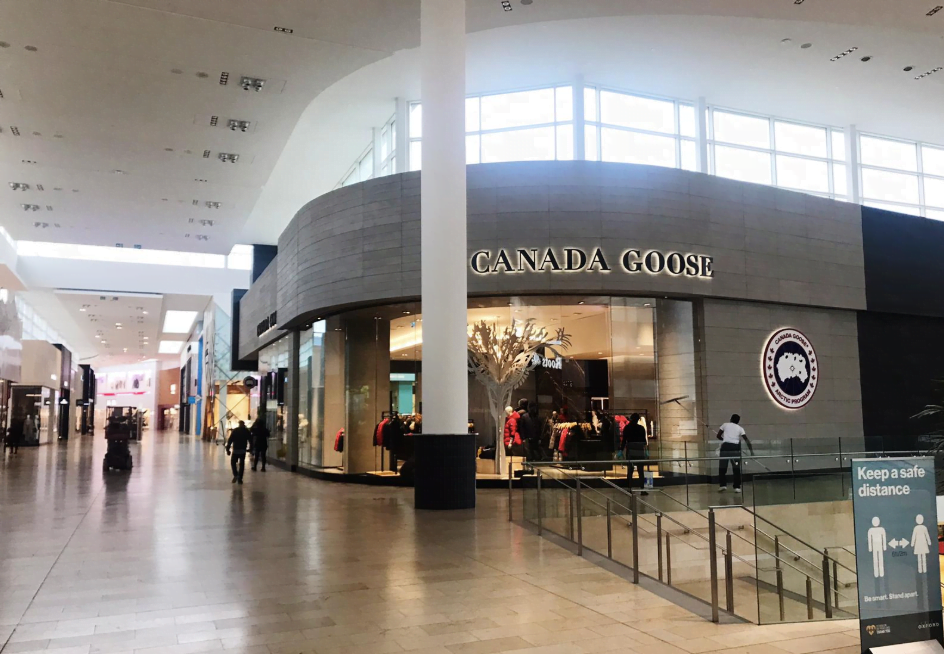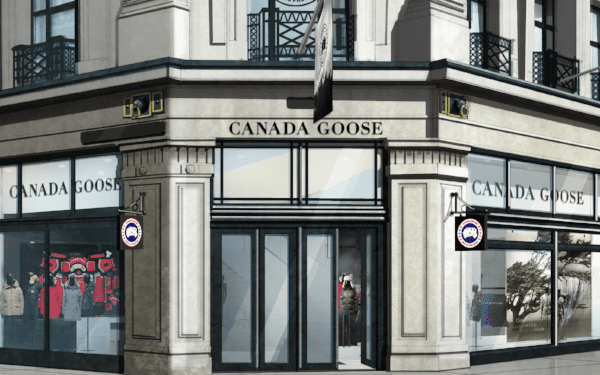Regional Performance Variability
Canada Goose’s performance varies significantly across regions, with the Asia-Pacific (APAC) market leading growth in recent quarters. The brand’s strong appeal in luxury-driven markets in APAC, particularly China, highlights its potential to capture the growing affluence in the region. However, North America (NA) and the Europe, Middle East, and Africa (EMEA) regions have presented more mixed results, partially offsetting the gains made in APAC. As Canada Goose continues to navigate these mature markets, maintaining its premium brand positioning while addressing shifting consumer preferences and economic conditions will be key.
The APAC market presents a major opportunity for Canada Goose to expand its presence in luxury-focused regions. The company is well-positioned to capitalize on rising demand for high-end products, particularly in markets like China, where the appetite for luxury goods continues to grow. At the same time, however, challenges in North America and EMEA reflect a potential threat as the company works to maintain growth in more saturated and competitive markets. Economic uncertainties and changing consumer preferences in these regions could further complicate its expansion strategy.
 EXTERIOR OF CANADA GOOSE STORE AT YORKDALE SHOPPING CENTRE. PHOTO: JM
EXTERIOR OF CANADA GOOSE STORE AT YORKDALE SHOPPING CENTRE. PHOTO: JM
Challenges and Growth Prospects
Despite a strong first quarter and overall fiscal year performance, analysts remain cautious about Canada Goose’s growth potential in the near term, primarily due to the sharp decline in wholesale revenue. The wholesale segment, which has traditionally provided a stable source of income, has seen its contraction accelerate as the company pivots towards DTC. This may lead to challenges in cash flow forecasting and could impact relationships with long-standing retail partners, affecting the brand’s visibility in certain markets.
Canada Goose’s heavy reliance on cold-weather apparel, while a hallmark of its brand, also presents a weakness and a risk. Seasonal fluctuations and the broader impacts of climate change could reduce demand for winter outerwear, complicating efforts to sustain growth. Furthermore, there’s the threat of increased competition in the premium outerwear market, as brands like Moncler and The North Face continue to innovate and appeal to the same luxury-oriented customer base.
Opportunities for Long-Term Profitability
The shift to a DTC model, while presenting near-term challenges, could enhance Canada Goose’s profitability over the long run. By eliminating middlemen, the company can capture a greater share of the retail price, improve inventory management, and maintain tighter control over brand experience. Direct interaction with customers via e-commerce and owned retail stores will provide valuable insights, enabling Canada Goose to adapt more quickly to market trends and consumer preferences.
Analysts also point to the potential for margin expansion as the company optimizes its DTC operations. With the opportunity to realize economies of scale in its retail and e-commerce channels, Canada Goose could see improved operational efficiencies. Furthermore, the reduction of wholesale business means less reliance on promotional activity, preserving the premium image of the brand and allowing for better pricing strategies. These opportunities for margin growth, particularly through optimized operations and global expansion, position Canada Goose well for long-term success.
As the company continues to focus on expanding into higher-margin product categories and exploring local production in key markets, there is potential for further margin growth. These efforts could help bolster profitability and support Canada Goose’s ambition to become a more agile and efficient luxury brand in a competitive global market.
Conclusion
Canada Goose’s ongoing transition to a direct-to-consumer model represents both an opportunity and a challenge for the company. While the sharp decline in wholesale revenues may cause short-term disruptions, the shift is strategically aligned with long-term growth and profitability. Success will depend on the company’s ability to navigate a complex retail landscape while leveraging its brand strength and customer loyalty to achieve sustained growth in the years to come.
Related:
Source link : http://www.bing.com/news/apiclick.aspx?ref=FexRss&aid=&tid=66fb4fefd7684cd2946ce1842a4305b9&url=https%3A%2F%2Fretail-insider.com%2Fbulletin%2F2024%2F09%2Fcanada-goose-navigates-strategic-shift-to-direct-to-consumer-model%2F&c=9877044474876408078&mkt=en-us
Author :
Publish date : 2024-09-30 14:21:00
Copyright for syndicated content belongs to the linked Source.












